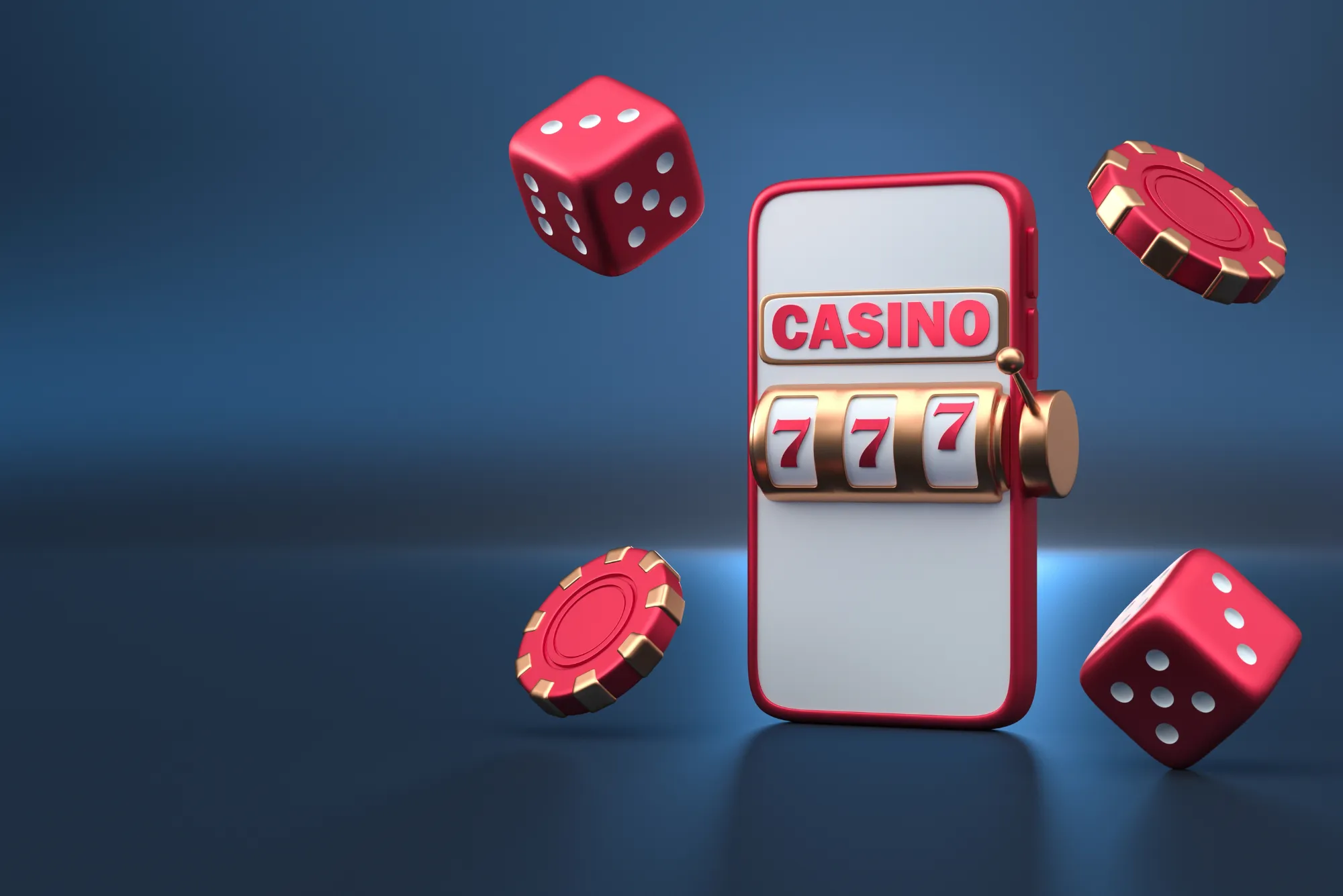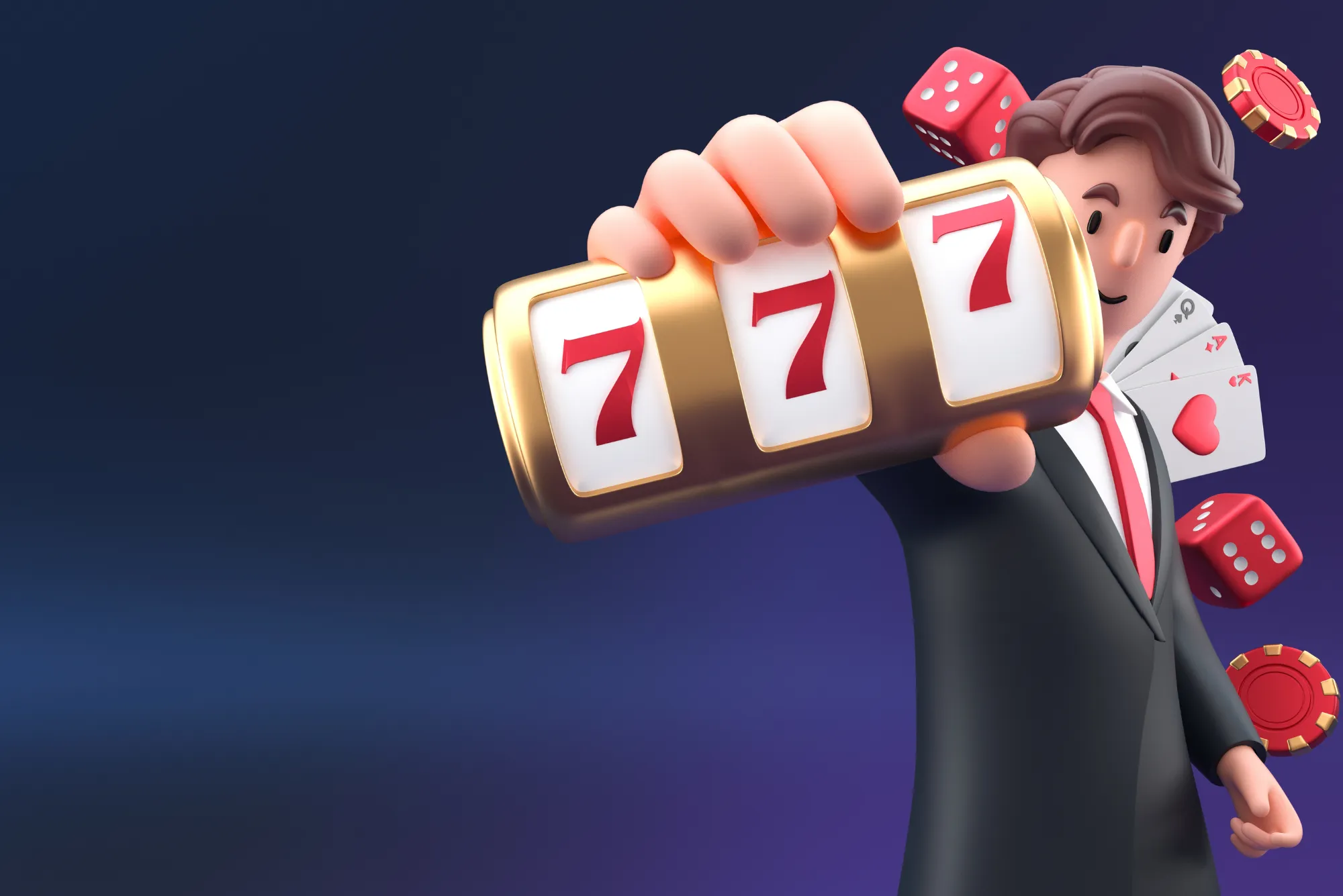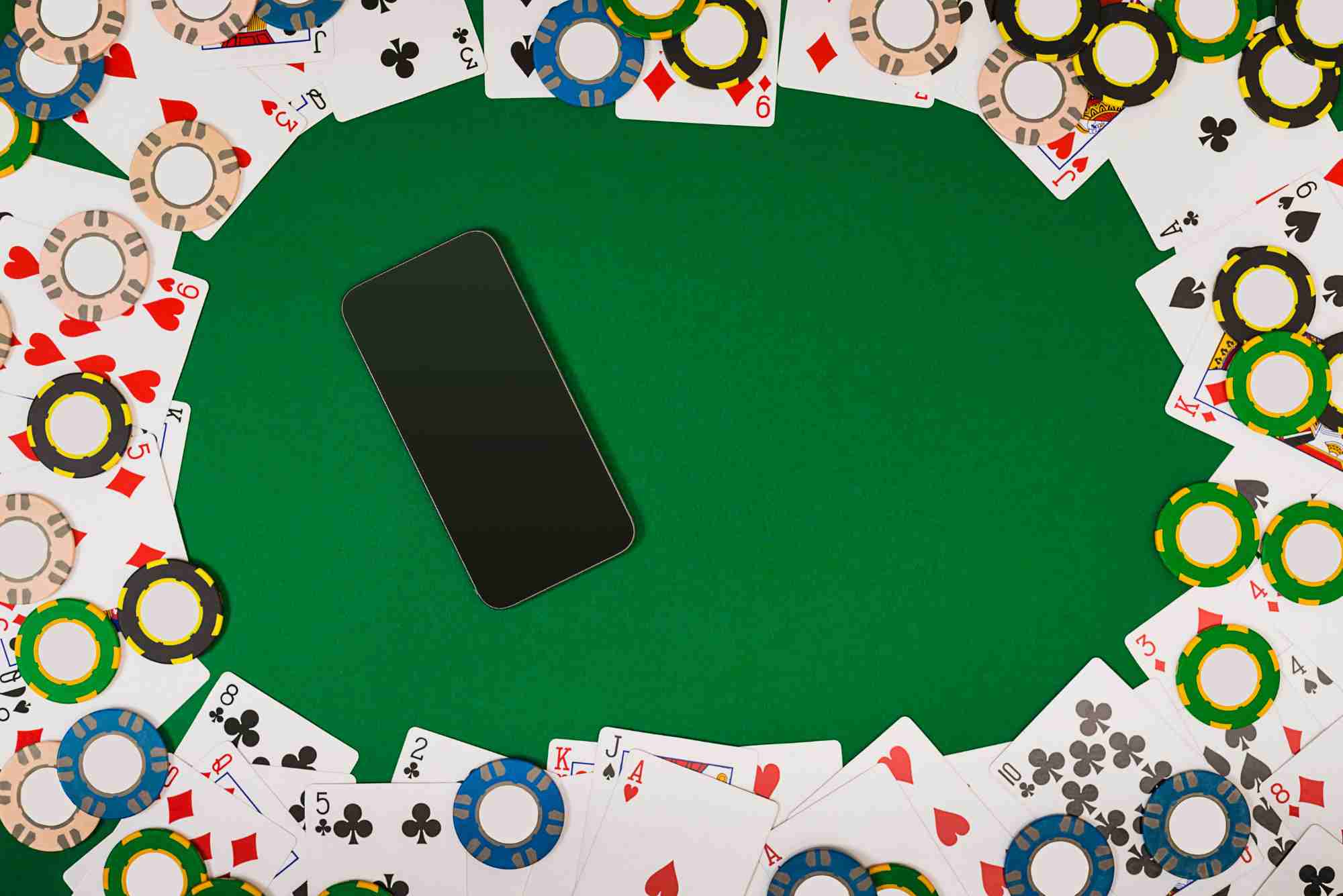In the world of online and land-based casinos, slot machines remain one of the most popular games for players seeking thrills, variety, and the chance to win big. Over the years, developers have introduced an array of features to keep slots engaging, and among these is the concept of “payout waves.” You may have noticed that certain slots seem to pay out in clusters—cycles of relatively higher frequencies of wins followed by longer dry spells. Understanding how these payout waves function can help you make more informed decisions, manage your bankroll wisely, and enhance your overall gaming experience.
What Are Payout Waves?
Payout waves refer to the natural ebb and flow of wins and losses over a session of playing slots. Although slot spins are governed by Random Number Generators (RNGs) to ensure fairness, human perception tends to interpret the random distribution of outcomes as patterns or “waves.” In reality, these waves are statistical occurrences that emerge when numerous independent, random events (spins) are charted over time.
The Illusion of Patterns
It’s easy to fall into the trap of believing that you can predict or time these waves. If you hit a streak of small wins, you might think the next spin is “due” for a larger payoff. Conversely, after a long dry spell, you might feel the machine is “hot.” In truth, each spin is independent: the outcome is not influenced by previous results. Yet, when you play enough spins, statistical clusters and gaps emerge naturally, giving rise to the perception of payout waves.
The Mechanics Behind Payout Waves
To understand payout waves, it’s essential to grasp how RNGs and payout tables operate under the hood.
How RNGs Work
Every modern slot machine (online or offline) uses a Random Number Generator, a computer algorithm that continuously cycles through thousands of numbers per second. When you press “Spin,” the RNG stops at a number corresponding to a specific combination of symbols on the reels. The process is instantaneous and entirely unpredictable.
Volatility and Hit Frequency
Slots are characterized by their volatility (variance) and hit frequency. Volatility indicates how large but infrequent versus small but frequent the payouts tend to be:
Low Volatility: Frequent, smaller wins. You’ll experience “waves” of small payouts that help your bankroll last but rarely produce massive jackpots.
High Volatility: Longer dry spells between wins, but when payouts arrive, they tend to be larger. Payout waves in high-volatility slots often feel more pronounced.
The hit frequency (often expressed as a percentage) tells you how often you can expect any winning combination. A slot with a 25% hit frequency pays out on one in every four spins on average, though randomness ensures real sessions deviate from this average and create the observed waves.
Real-World Example: Riding the Wave
I vividly recall playing a high-volatility slot late one evening. For about 150 spins, I barely broke even, watching my balance dwindle. Then suddenly, within a span of 20 spins, I landed two free-spin bonuses and a handful of three-of-a-kind hits, which revived my balance dramatically. I felt like I had cracked some secret code—until I stepped away and returned to the same machine later, only to endure another long losing streak. It became clear: these were simply payout waves manifesting through RNG-driven variance.
Payout Waves and No KYC Casinos
For players seeking quick access and privacy, no kyc casinos have surged in popularity. These platforms allow you to start playing without lengthy identity verification processes. However, the mechanics of payout waves remain unchanged—whether you play at a fully regulated site or a no-KYC platform, every spin is still governed by the RNG. If you’re curious about no-KYC options in an unconventional setting, you might even stumble upon unexpected resources like the Poole Harbour Boat Show site, which occasionally sponsors mini-tournaments for crypto-based slot players at no-KYC casinos https://www.pooleharbourboatshow.co.uk/.
Strategies for Navigating Payout Waves
While you cannot control RNGs or predict waves, you can adopt strategies to manage your play:
1. Bankroll Segmentation
Divide your total bankroll into smaller sessions. If you allocate $200 to play and experience a prolonged dry spell, you’ll stop once that session’s budget is exhausted instead of chasing losses indefinitely.
Volatility Matching
Choose a slot whose volatility matches your risk tolerance. If you prefer frequent small wins and less drama, low-volatility slots will deliver smoother payout waves. If you’re chasing the big one, embrace the rollercoaster of a high-volatility game.
Embrace Session Limits
Set both time and win/loss limits. For example, stop if you win 30% above your starting balance or lose 50%. This disciplined approach prevents you from staying on during unfavorable waves or giving back all your winnings during a subsequent cold stretch.
Advanced Insights into Wave Patterns
Developers and game strategists sometimes analyze large data sets of spin results to better understand and illustrate wave behaviors, even though they cannot “tweak” RNG fairness.
The Law of Large Numbers
Over millions of spins, the average return-to-player (RTP) percentage will align closely with the theoretical value printed in the game’s specifications (e.g., 96%). Short sessions, however, can deviate significantly. These deviations form the peaks and troughs—payout waves—that players experience.
Clustering in Randomness
True randomness generates clusters of wins and losses. Consider flipping a fair coin: even though you expect 50/50 heads and tails overall, you might observe runs of several heads or tails in a row. Slots exhibit the same behavior, but with more complex outcomes due to multiple reel symbols and paylines.
Balancing Hope with Reality
One common mistake is to chase perceived hot or cold periods. If a slot machine has just paid out big, some players switch immediately to “catch” more wins. Others avoid it, thinking it’s finished its pay cycle. Both approaches are fallacious because each spin is fresh. Denying emotional impulses and sticking to your strategy will keep your play sustainable.
Frequently Asked Questions
Can I predict when a wave will end?
No. Waves are statistical artifacts, not patterns you can predict. Every spin is independent, so a win or loss has no “memory” of previous results.
Do some casinos manipulate waves?
Legitimate casinos, whether no-KYC or fully regulated, cannot manipulate payout waves. Licensed operators are audited to ensure RNG integrity and fairness.
How long do waves last?
There is no fixed duration. A wave can last a handful of spins or several hundred. The only certainty is that over time, the long-term RTP will approach the theoretical average.
Embracing the Experience
Understanding payout waves brings clarity: you realize that the highs and lows are integral to slot mechanics rather than signifiers of a machine’s favor or disfavor. By setting sensible session parameters and selecting games that match your style, you ride these waves as part of the fun, rather than being tossed by them.







